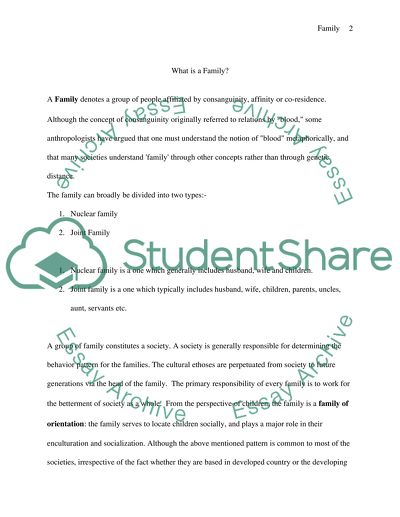Cite this document
(“The globalization essay Example | Topics and Well Written Essays - 2500 words”, n.d.)
The globalization essay Example | Topics and Well Written Essays - 2500 words. Retrieved from https://studentshare.org/miscellaneous/1518017-the-globalization-essay
The globalization essay Example | Topics and Well Written Essays - 2500 words. Retrieved from https://studentshare.org/miscellaneous/1518017-the-globalization-essay
(The Globalization Essay Example | Topics and Well Written Essays - 2500 Words)
The Globalization Essay Example | Topics and Well Written Essays - 2500 Words. https://studentshare.org/miscellaneous/1518017-the-globalization-essay.
The Globalization Essay Example | Topics and Well Written Essays - 2500 Words. https://studentshare.org/miscellaneous/1518017-the-globalization-essay.
“The Globalization Essay Example | Topics and Well Written Essays - 2500 Words”, n.d. https://studentshare.org/miscellaneous/1518017-the-globalization-essay.


